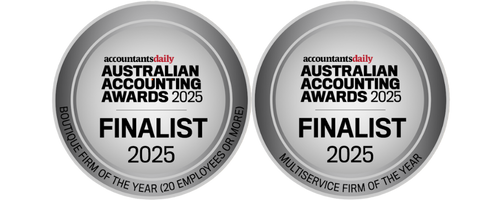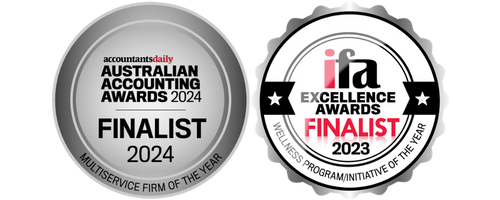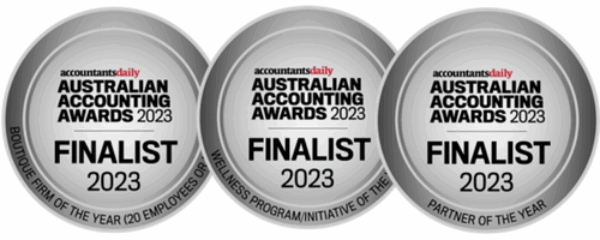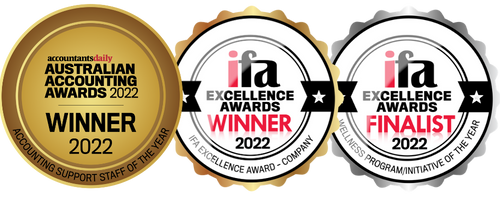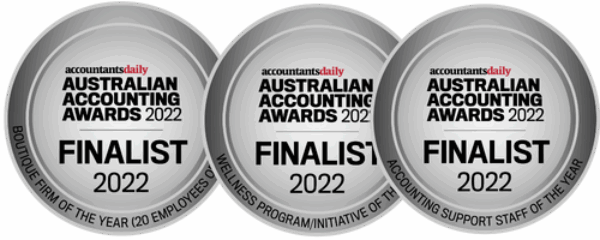Accountants play an important role in assisting business owners with navigating complex processes. One such aspect demanding careful attention pertains to claiming deductions for depreciating assets.
Let’s delve into the strategic timing for claiming deductions, the various types of depreciating assets, and the significance of maintaining precise records to optimise tax benefits.
Strategic timing for deduction claims
Timing is everything when it comes to claiming deductions for depreciating assets. If a depreciating asset contributes to your assessable income, you can generally claim deductions for its decline in value over time. The choice between the general depreciation rules and simplified depreciation rules depends on the size and structure of your business.
General depreciation rules:
- For most assets you apply the general depreciation rules to calculate your depreciation deductions. (Unless you are eligible to use simplified depreciation for small business).
- The general depreciation rules set the amounts (capital allowances) that can be claimed, based on the asset’s effective life.
- This method offers flexibility and is suitable for businesses of various sizes.
- To calculate depreciation, you can generally use either the prime cost method or the diminishing value method.
- For some intangible depreciating assets for example, intellectual property, you can only use the prime cost method.
- Different rules apply to capital works such as building and structure improvements.
Simplified depreciation rules:
- Small business entities can choose the simplified depreciation rules, streamlining the calculation process.
- This approach is particularly beneficial for smaller businesses seeking a more straightforward method for depreciating assets.
- You can choose to use the simplified depreciation rules if you have a small business with an aggregated turnover of less than $10 million from 1 July 2016 onwards, or $2 million for previous income years. (Aggregated turnover is your annual turnover plus the annual turnovers of any affiliate or connected business entities).
- Simplified depreciation rules for small business include an instant asset write-off for assets that cost less than the relevant threshold and a general small business pool, which has simplified calculations to work out the depreciation deduction. Head HERE to read our blog on instant asset write off changes.
Low-cost and low-value assets:
- For assets falling under the low-cost and low-value category, businesses not using simplified rules can allocate them to a low-value pool and depreciate them at a set annual rate.
Accurate record-keeping
Regardless of the depreciation method chosen, maintaining accurate and complete records is paramount. Efficient record-keeping ensures that all relevant expenses are accounted for, enhancing the accuracy of deductions. Emphasising the importance of meticulous documentation helps avoid discrepancies during audits and maximises the benefits of depreciating assets.
Understanding depreciating assets
A depreciating asset, as defined by the Australian Taxation Office (ATO), has a limited life expectancy and can be reasonably expected to decline in value over time. Common examples include machinery, motor vehicles, furniture, computers, and mobile devices. These assets may either be personally owned and brought into the business or purchased directly to generate assessable income.
Assets that do not depreciate
While many assets depreciate over time, certain categories do not. These include land, trading stock items, and most intangible assets such as trademarks. However, it’s important to note that specific improvements to land and fixtures, such as fences, are considered depreciating assets.
Special consideration for claiming depreciation
Sole traders and eligible partnerships using the cents per kilometre method for car expenses need to be aware that depreciation is already included in the claimed amount. It’s essential not to double-count the depreciation when calculating deductions separately.
Navigating the realm of depreciating assets requires a strategic approach to optimise tax benefits while ensuring compliance with regulations. Professional guidance from advisers aims to assist businesses in understanding the types of assets, choosing the appropriate depreciation method, and maintaining accurate records to maximise deductions and enhance overall financial positions.
Want to know more about the temporary tax incentives for depreciating assets that may be available to you or have a question about whether certain expenses are considered to be depreciating? Start a conversation with one of our Walshs accountants by booking a meeting here or calling 07 3221 5677.
By: Murray Reiha, Walshs Accountant





